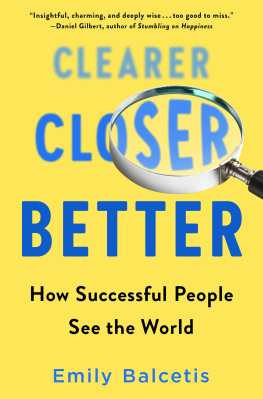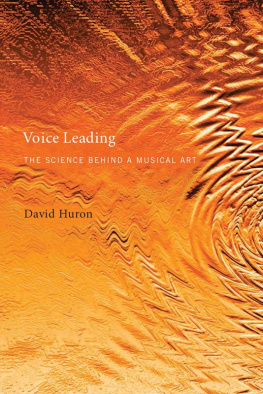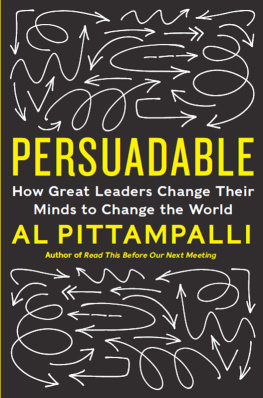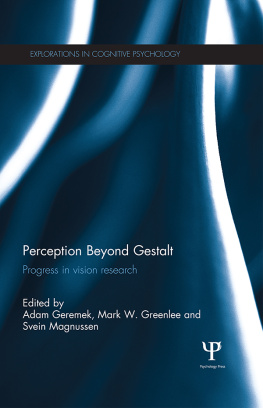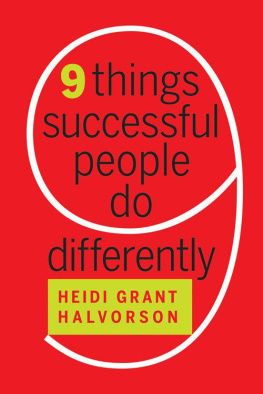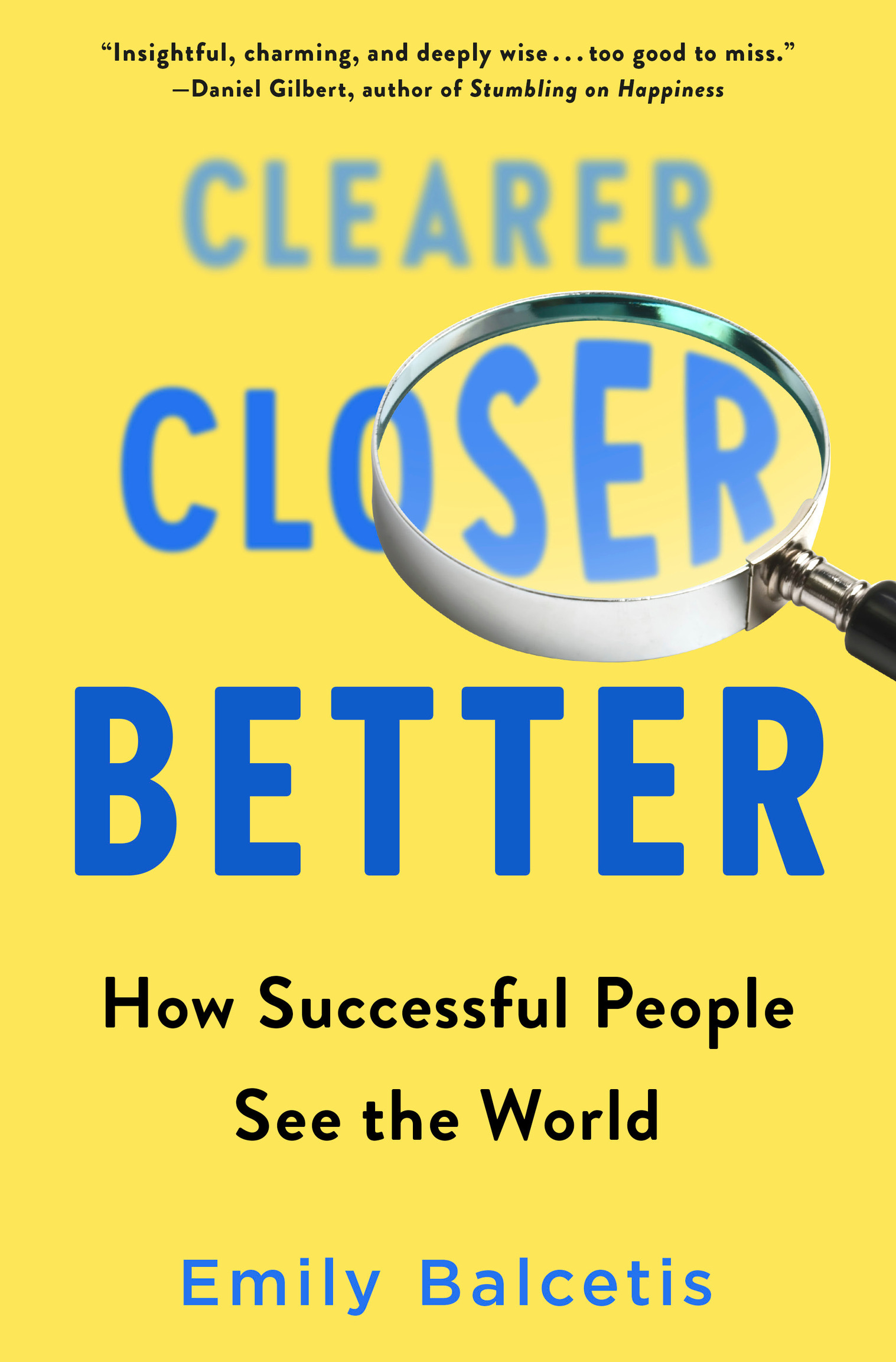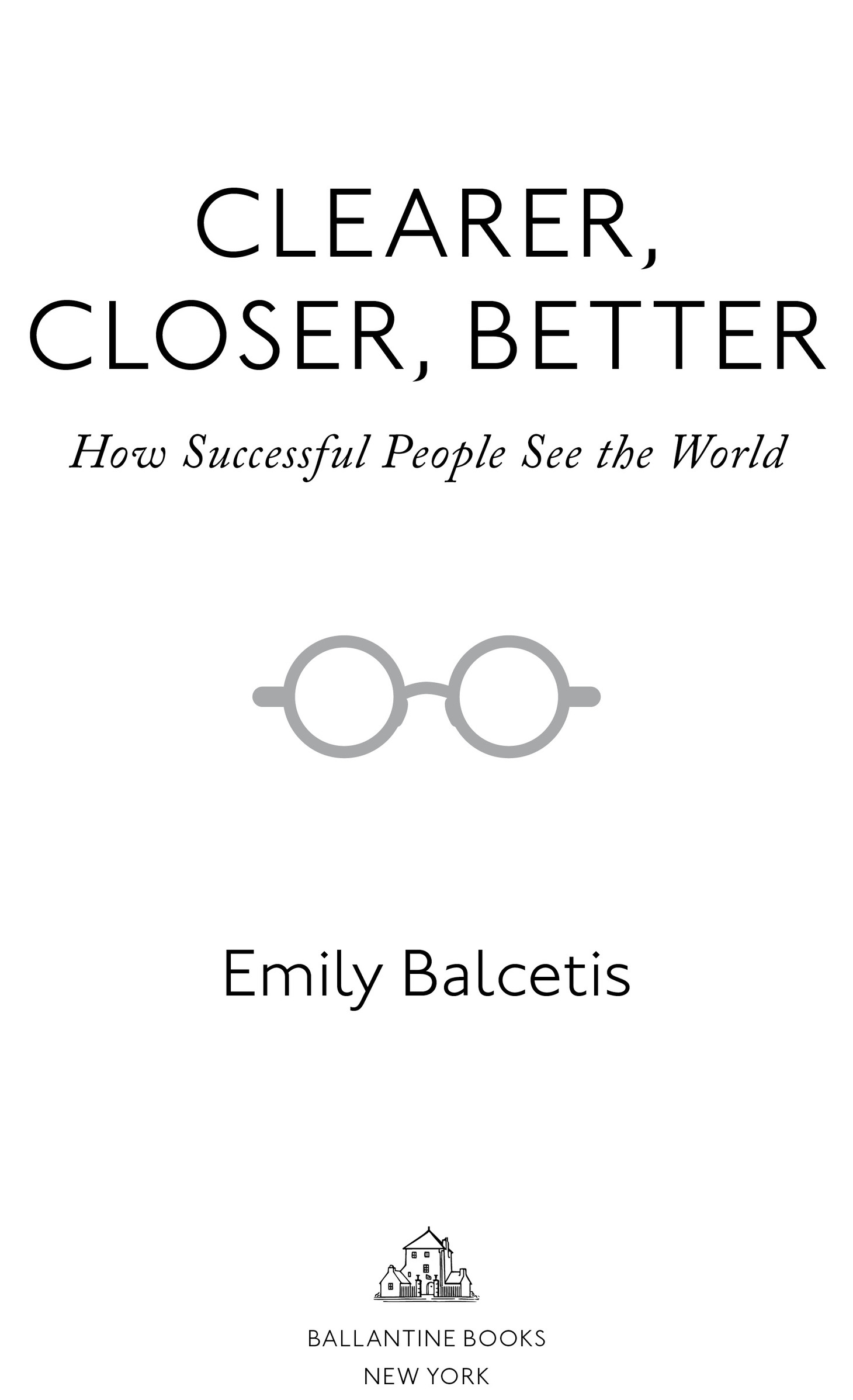Emily Balcetis - Clearer, Closer, Better: How Successful People See the World
Here you can read online Emily Balcetis - Clearer, Closer, Better: How Successful People See the World full text of the book (entire story) in english for free. Download pdf and epub, get meaning, cover and reviews about this ebook. year: 2020, publisher: Random House Publishing Group, genre: Home and family. Description of the work, (preface) as well as reviews are available. Best literature library LitArk.com created for fans of good reading and offers a wide selection of genres:
Romance novel
Science fiction
Adventure
Detective
Science
History
Home and family
Prose
Art
Politics
Computer
Non-fiction
Religion
Business
Children
Humor
Choose a favorite category and find really read worthwhile books. Enjoy immersion in the world of imagination, feel the emotions of the characters or learn something new for yourself, make an fascinating discovery.
- Book:Clearer, Closer, Better: How Successful People See the World
- Author:
- Publisher:Random House Publishing Group
- Genre:
- Year:2020
- Rating:3 / 5
- Favourites:Add to favourites
- Your mark:
Clearer, Closer, Better: How Successful People See the World: summary, description and annotation
We offer to read an annotation, description, summary or preface (depends on what the author of the book "Clearer, Closer, Better: How Successful People See the World" wrote himself). If you haven't found the necessary information about the book — write in the comments, we will try to find it.
When it comes to setting and meeting goals, we may see--quite literally--our plans, our progress, and our potential in the wrong ways. We perceive ourselves as being closer to or further from the end than we may actually be depending on our frame of reference. We handicap ourselves by looking too often at the big picture and at other times too long at the fine detail. But as award-winning social psychologist Emily Balcetis explains, there is great power in these misperceptions. We can learn to leverage perceptual illusions if we know when and how to use them to our advantage.
Drawing on her own rigorous research and cutting-edge discoveries in vision science, cognitive research, and motivational psychology, Balcetis offers unique accounts of the perceptual habits, routines, and practices that successful people use to set and meet their ambitions. Through case studies of entrepreneurs, athletes, artists, and celebrities--as well as her own colorful experience of trying to set and reach a goal--she brings to life four powerful yet largely untapped visual tactics that can be applied according to the situation.
Narrow your focus: Closing the aperture of your attention helps you exercise effectively, save money, and find more time in your day.
Widen the bracket: Seeing the forest instead of the trees reduces temptations and helps you recognize when a change of course is in order.
Materialize your plan and your progress: Creating checklists and objective assessments inspires better planning and adjusts your gauge of whats really left to be done.
Control your frame of reference: Knowing where to direct attention improves your ability to read others emotions, negotiate better deals, foster stronger relationships, and overcome a fear of public speaking.
A mind-blowing and original tour of perception, Clearer, Closer, Better will help you see the possibilities in what you cant see now. Inspiring, motivating, and always entertaining, it demonstrates that if we take advantage of our visual experiences, they can lead us to live happier, healthier, and more productive lives every day.
Emily Balcetis: author's other books
Who wrote Clearer, Closer, Better: How Successful People See the World? Find out the surname, the name of the author of the book and a list of all author's works by series.

